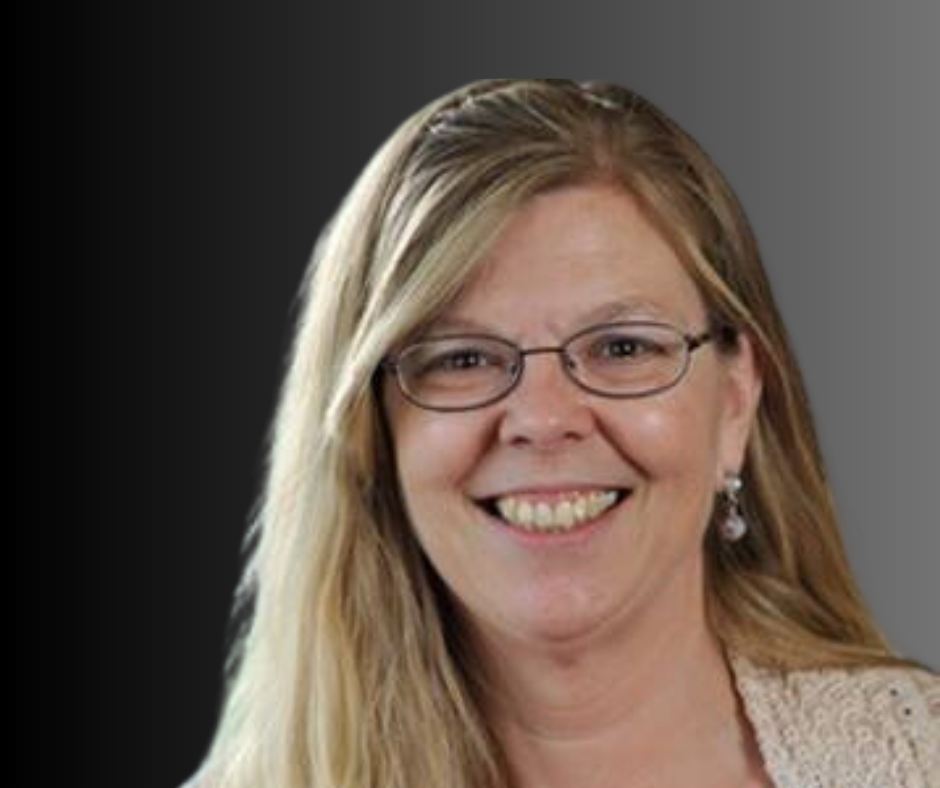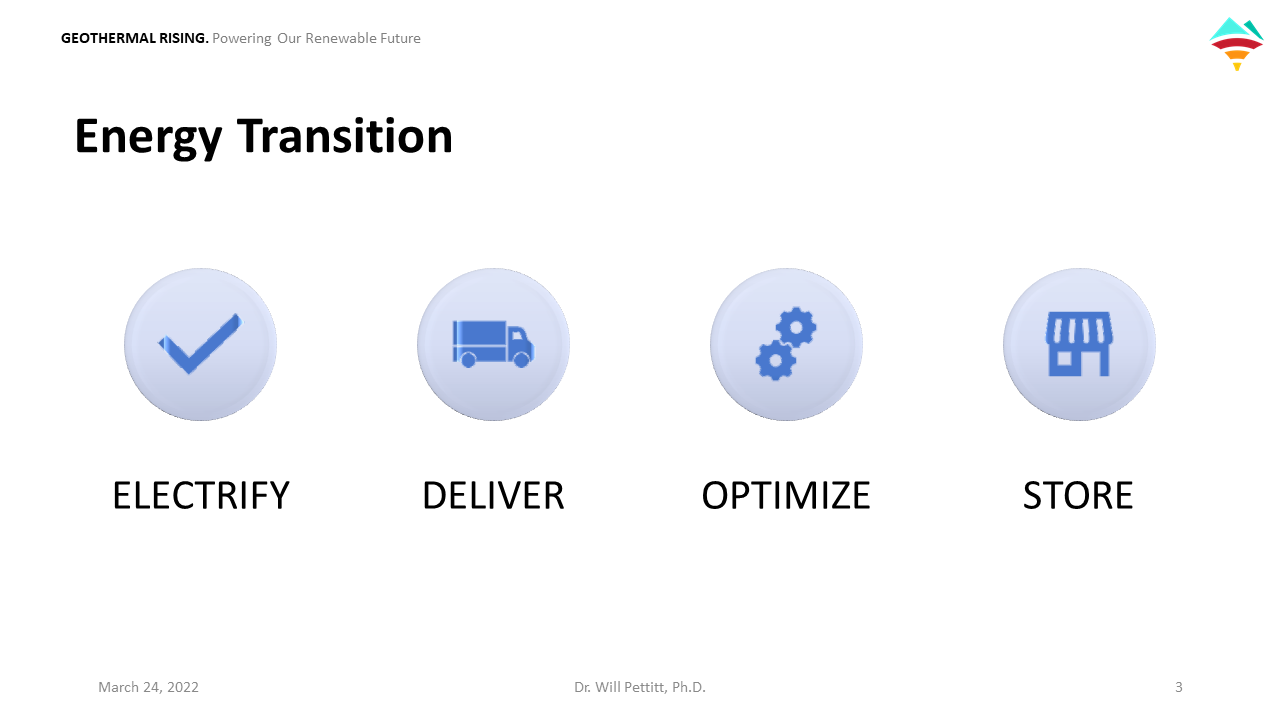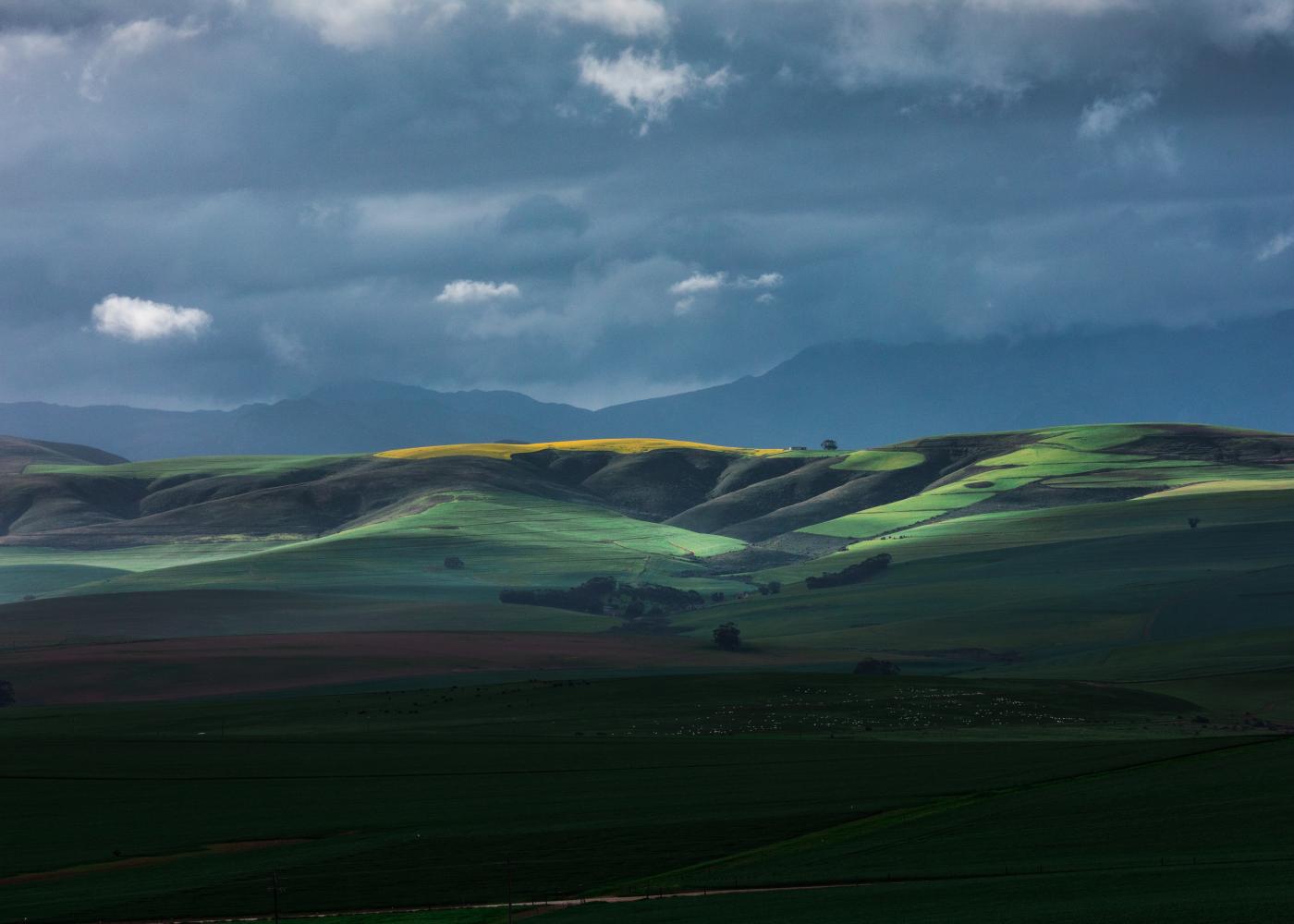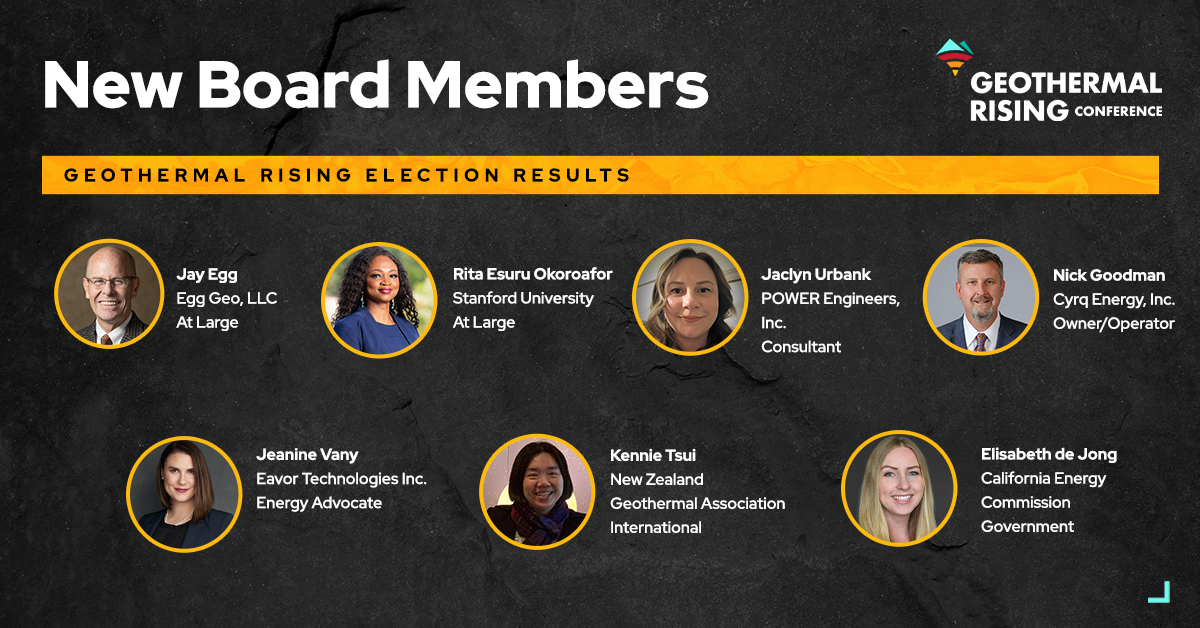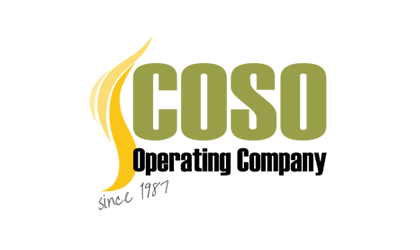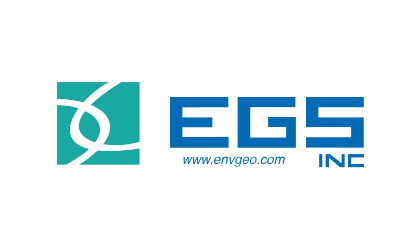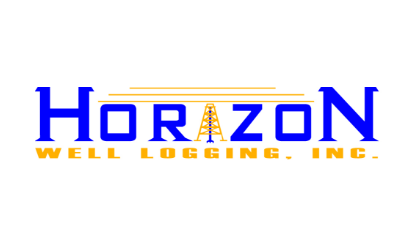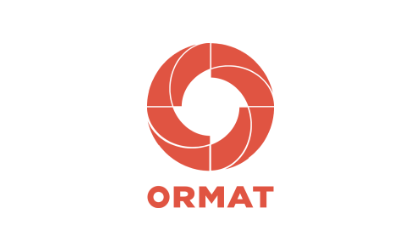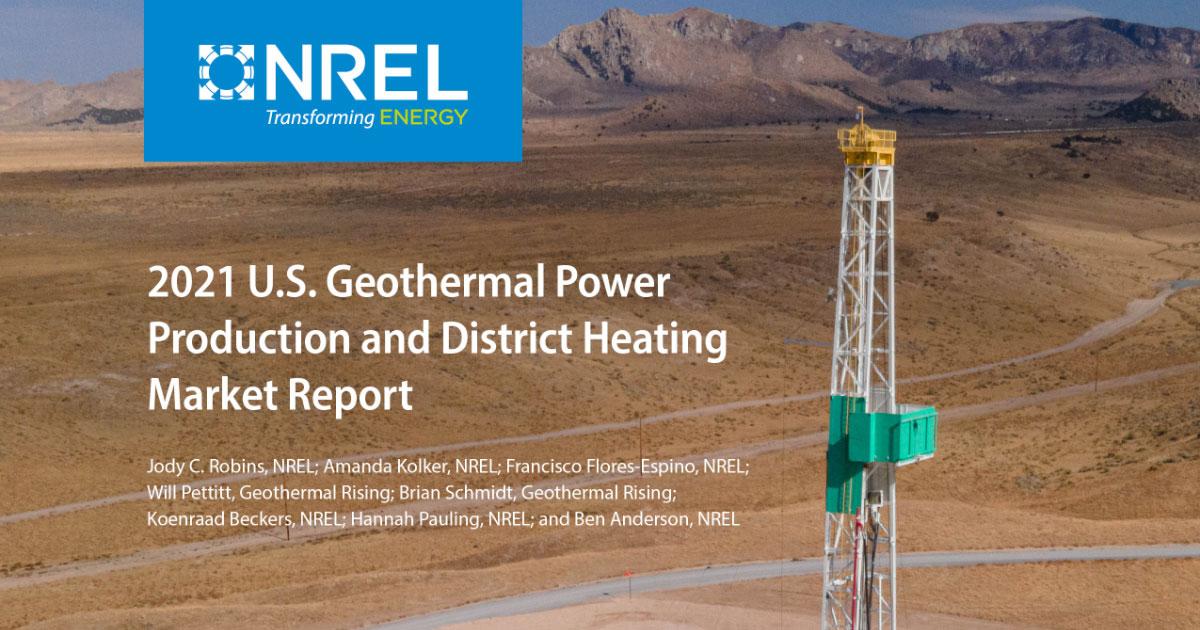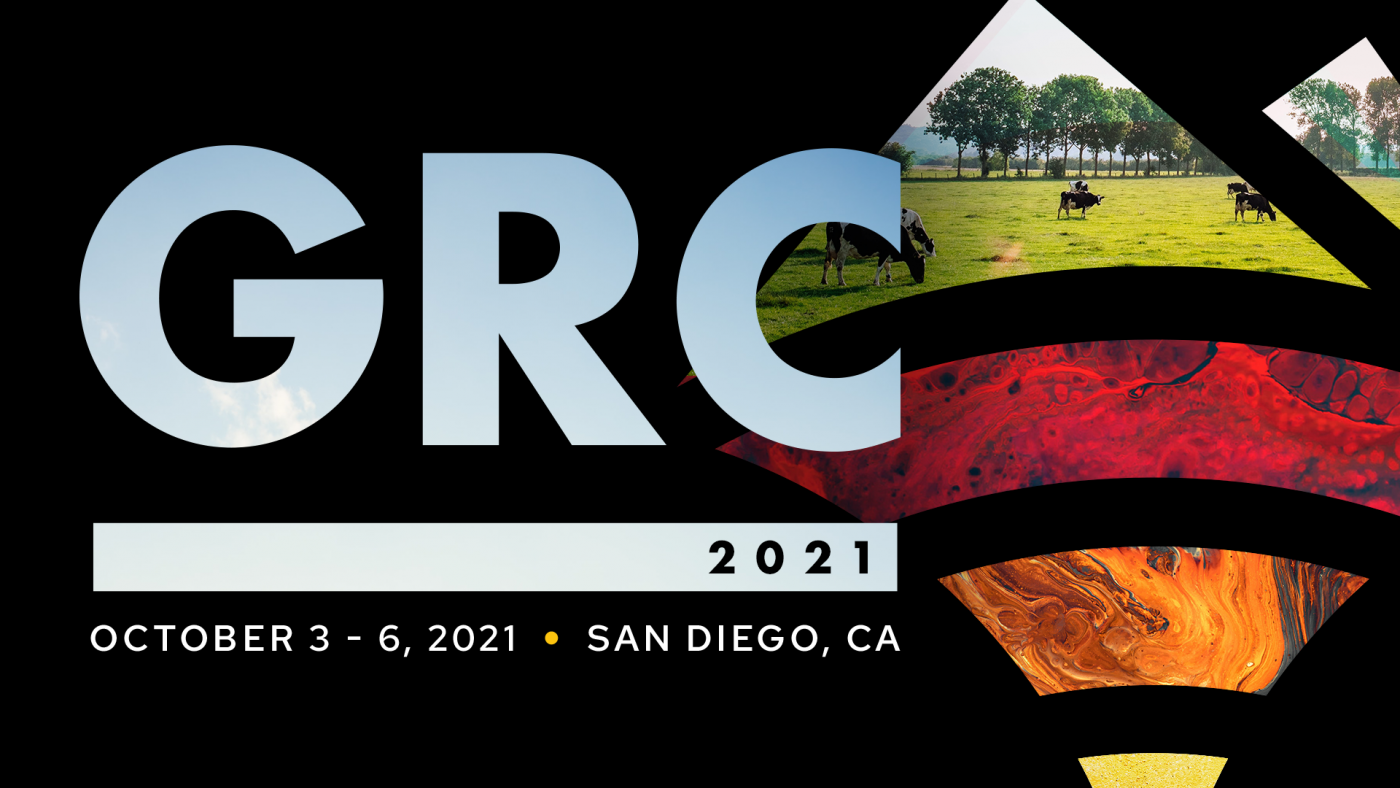The recommendations below are focused on supporting successful implementation of 1) the EGS Demonstration Program and 2) demonstration programs included in DOE’s OCED.
Enhanced Geothermal Systems (EGS) Demonstration Program
As DOE’s GeoVision report shows, EGS is a promising technology for deploying vast amounts of clean geothermal energy. To support geothermal’s growth, the IIJA included $84M for EGS demonstration projects from FY22 to FY25, as authorized by the Energy Act of 2020. The Energy Act directs DOE to fund four EGS demonstration projects for power production or direct use, utilizing diverse geologic settings and development techniques. Moreover, at least one project must be located east of the Mississippi River.
DOE should strive to issue its first funding opportunity before the end of FY22. To ensure a successful EGS Demonstration Program, DOE should focus on technological diversity, geographic diversity, use-case diversity, and a milestone-based approach. Each of these is explained in further detail below:
● Technological Diversity: DOE’s GeoVision report includes a broad but clear definition of EGS. Specifically, GeoVision defines EGS as unconventional geothermal resources that “contain heat similar to conventional hydrothermal resources but lack the necessary groundwater and/or rock characteristics to enable energy extraction without innovative subsurface engineering and transformation. Unconventional EGS resources can be found at any above-ambient temperature that supports energy conversion for a given end-use technology application.”
DOE’s definition of EGS is broad, allowing for a range of innovative subsurface technologies that can be applied to multiple use cases, including power generation and direct use. As such, DOE’s funding opportunities should follow the definition of EGS in the GeoVision report, applied across a diversity of geologic settings. This will ensure consistency across funding opportunities, provide clarity to potential applicants, and encourage a wide range of technologies to compete.
● Geographic Diversity: The Energy Act also requires demonstration projects to collectively demonstrate different geologic settings, such as hot sedimentary aquifers, layered geologic systems, supercritical systems, and basement rock systems. A mixture of geographic, geologic, and technical diversity can expand the scope of geothermal energy’s potential applications. To the extent possible, DOE should prioritize locations that demonstrate evidence of promising subsurface characterization.
● Use-Case Diversity: Geothermal has promising applications in power generation, direct use, thermal storage, clean heat for industry, and mineral recovery. The EGS Demonstration Program is authorized to fund projects in both power generation and direct use, so DOE’s funding opportunities should be written to be inclusive of all allowable use cases. The next section will explain how DOE can leverage other IIJA demonstration programs to fund promising geothermal projects with thermal storage and clean heat applications, among others.
● Milestone-Based Approach: DOE is explicitly authorized to utilize a milestone-based approach for the EGS Demonstration Program, as described in Section 9005 of the Energy Act. The Department should pursue this structure, while incorporating the best practices of the successful NASA COTS program, to the extent applicable. Section 9005 provides a clear framework for ensuring consistency, transparency, and accountability in funding opportunities. Crucially, the milestone-based approach includes specific “technical and financial milestones, including estimated project timelines and total costs.” By setting clear expectations, DOE can provide effective program management, mitigate risk, and maximize the impact of taxpayer resources.
DOE Office of Clean Energy Demonstrations (OCED)
In addition to the EGS Demonstration Program, the IIJA established a new DOE Office of Clean Energy Demonstrations (OCED) to support a wide range of clean energy technologies. The IIJA included several programs under OCED for which geothermal is both eligible and uniquely suited to compete, including:
● Regional Clean Hydrogen Hubs $8B ($1.6B for FY22, FY23, FY24, FY25, and FY26)
○ The IIJA includes $8B for DOE to fund at least four regional clean hydrogen hubs. The statute requires at least one project to demonstrate hydrogen production from renewable energy, which can include geothermal. The statute also requires diverse end-uses, including electric power, industrial, residential and commercial heating, and transportation. Geothermal could play a strong role in any of these end-use sectors, particularly residential and commercial heating.
● Energy Storage Demonstration Projects and Pilot Grant Program $355M ($88.75M for FY22, FY23, FY24, and FY25)
○ DOE is directed to fund three energy storage demonstration projects by Sep. 30, 2023 and establish a separate pilot grant program. Geothermal’s potential as a source of seasonal thermal storage makes it well suited to compete for funding under both programs.
● Long Duration Demonstration Initiative and Joint Program $150M ($37.5M for FY22, FY23, FY24, and FY25)
○ This is a joint program between DOE and the U.S. Department of Defense (DoD) to demonstrate long-duration storage technologies at DoD facilities and installations. DOE should ensure effective coordination with the Navy Geothermal Program Office, which is DoD’s lead agency for geothermal development.5
● Industrial Emission Demonstration Projects $500M ($100M for FY22 and FY23, $150M for FY24 and FY25)
○ This program is focused on demonstrating diverse technologies for reducing emissions in the industrial sector. Geothermal has significant potential as a source of clean heat to drive deep decarbonization of hard-to-abate heavy industrial sectors.
● Clean Energy Demonstration Program on Current and Former Mine Land $500M ($100M for FY22, FY23, FY24, FY25 and FY26)
○ Under this program, DOE is directed to fund not more than five clean energy demonstration projects on current and former mine land. Geothermal is explicitly included in the definition of “clean energy project” along with several other technologies.
● Energy Improvements in Rural And Remote Areas $1B ($200M for each FY22, FY23, FY24, FY25, and FY26)
○ The IIJA appropriates $1B over five years for OCED to support “energy improvements in rural and remote areas,” which can include generation resources, microgrids, and grid modernization, among others. Given geothermal’s significant production potential in rural and remote areas, the geothermal industry is well positioned to contribute to the program.
● Program Upgrading Our Electric Grid and Ensuring Reliability and Resiliency $5B ($1B for FY22, FY23, FY24, FY25, and FY26)
○ Under this program, DOE is directed to collaborate with the electric utility sector to demonstrate innovative grid reliability and resilience technologies. Given its capabilities as a firm and flexible resource, geothermal can play a key role.




